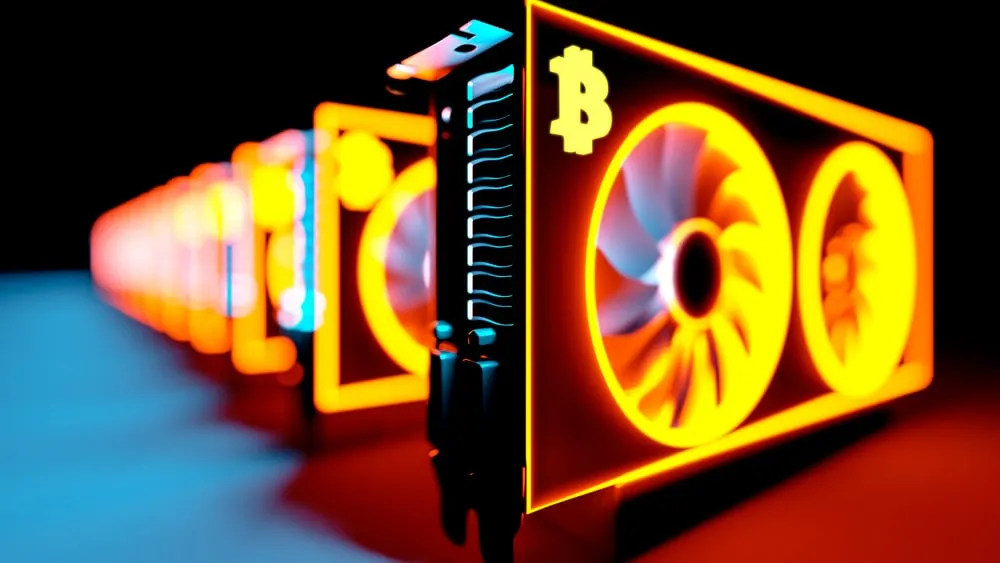Bitcoin’s mining difficulty has hit a new all-time high despite the digital asset’s less-than-stellar price performance of late.
Mining difficulty refers to how competitive it is to mine Bitcoin (BTC). The difficulty rises as more mining units get deployed, and thus suggests that the activity continues to be a profitable and popular enterprise.
According to data from CoinWarz, Bitcoin’s mining difficulty is 55.62 trillion hashes. The network's last notable peak was 53.9 trillion hashes on July 17 this year.
"The deployment is an arm’s race. Everyone is putting as much as possible online before the halving. You can see this with Hut8, Canaan, and Riot," co-founder of mining firm LSJ Ops Scott Norris told Decrypt. "We’re also seeing Antpool and other Chinese firms growing hash rate at a pace we haven’t seen in over a year. Whatsminer has shipped their latest generation machines already and their hash abilities are growing substantially."
Despite the milestone, markets currently tell a different story.
Investor sentiment towards Bitcoin turned bearish last week after Chinese property giant Evergrande filed for Chapter 15 bankruptcy in a Manhattan court, pushing some investors to dump their more speculative assets.
Bitcoin’s price fell 10.8% over the last 7 days to trade a fraction south of $26,000 on Wednesday, per CoinGecko.
However, the mining sector moves relatively slowly, so more positive metrics like its rising difficulty or hash rate are not typically reactive to Bitcoin’s price.
That’s because most rigs that came online in the last 24 hours were paid for long in advance.
Bitcoin mining stats on the up
Certain events can significantly pull down the metric—such as China’s 2021 crackdown against crypto miners, or a cold snap in North America last winter that caused some operational problems to the grid, prompting some big miners to either shut down or curtail power.
However, when those machines relocate or come back online, the data usually shows a marked upward adjustment.
Broadly speaking, mining difficulty is constantly climbing year-on-year. That’s because every year more machines are deployed than shut down.
Another metric that climbed recently–and that is also always climbing every year–is hash rate. Hash rate measures the computing power of the Bitcoin network.
Bitcoin mining rigs use their power to break codes to validate logs of transactions on the network—called “blocks”—which are then added to Bitcoin’s immutable distributed ledger system. Miners are rewarded for this work with Bitcoin.
Each attempt at cracking the encryption generates a code called a “hash.” The first miner to transmit the valid hash for their candidate block gets the reward and gets added to the blockchain. Miners are thus incentivized to work quickly.
The higher the hash rate is, the more attempts (or hashes) Bitcoin miners can make within a second to break the code—a clear indicator of the network’s computational power.
Today, Bitcoin is making 446 quintillion codebreaking attempts every second.
That’s high but not quite as high as earlier this month, when the network was making almost 486 quintillion attempts every second.

